
M2Tech Classic Integrated Amplifier Review
ANDREW BAKER enjoys his time with M2Tech’s Classic amp so much that he forgets he’s doing a job and simply listens… and listens… and listens…
$7995
M2Tech was founded in 2007 in Pisa, Italy by engineers Marco Manunta and his wife Nadia Marino (hence the M2) as an engineering consultancy company, working in various fields such as video surveillance and data acquisition. Marco had a background in computer science and telecommunications and co-founded North Star Design in the late 1990s, developing well-regarded CD transports and DACs. Nadia had worked as consultant for hi-fi company Audio Analogue.
With M2Tech, the couple set out to design and improve the transfer of a digital USB signal to existing DACs, using S/PDIF. In 2009 the HiFace dongle-style DAC was released. This small device was essentially a USB to RCA adapter, “capable of processing a very low jitter 24-bit 192kHz signal in asynchronous mode”. Many DACs didn’t have USB inputs at this time and were limited to jittery isochronous 96/24 signals. To this day, many audio companies utilise M2Tech’s USB interface in their own designs.
Following this, M2Tech released their RockStar range consisting of DACs, headphone amplifiers, phono stages, power supplies and power amps – all named after well-known musicians – to much acclaim. Witchdoctor even reviewed the M2Tech Joplin MkIII Analogue to Digital Converter here.
Today, we have the new Classic line, so far consisting of a DAC with network functionality and the integrated amplifier we’re looking at here, with thanks to New Zealand distributor Ian Brown of Critical Sound Information, Hastings, for kindly loaning a unit for Witchdoctor to review.
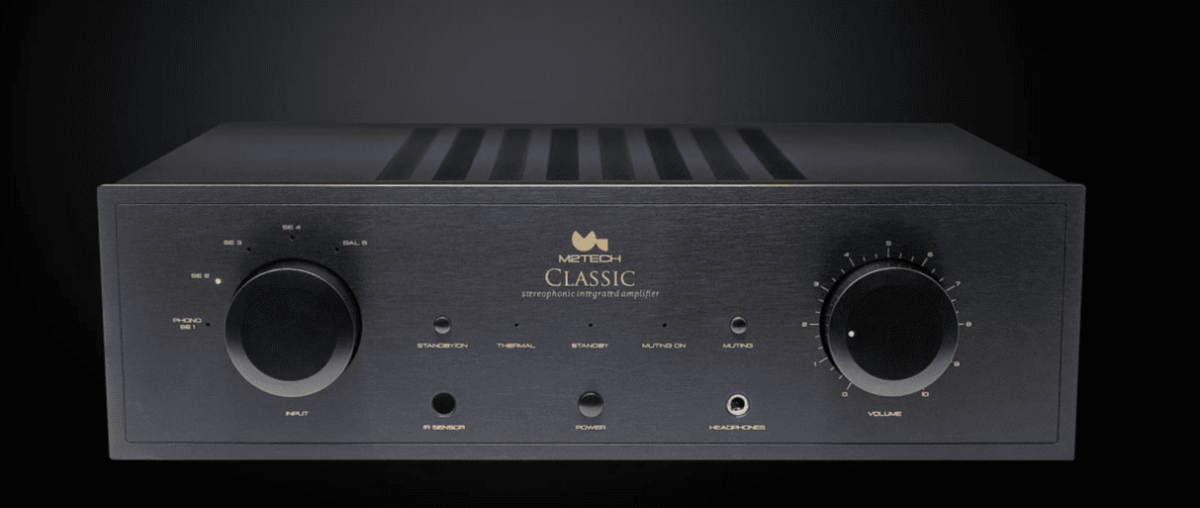
M2Tech’s Classic amp Build and Features
Priced at just shy of 8K in New Zealand, the Classic amplifier lives up to its name in the looks department, albeit classily so. The amp comes in a plain black chassis with a black brushed aluminium front panel which features a volume control to the right and matching source selection knob to the left. The gold writing stands out gracefully and the only indication the unit is actually on is the small amber LED light showing the current source selection. A 6.35mm headphone jack, power on/off, standby and mute buttons can also be found in front. Around back we get three single-ended line inputs, a MM/MC phono input which can be switched to a standard line-in if needed, two balanced XLR input, a set of pre-outs for subwoofer or power amp use, two pairs of speaker outputs and the IEC power input. And yes, that’s it. Not an in-built DAC or streamer and certainly no LED display or VU meter to be seen. The only hint of modern times is the Wi-Fi interface with which to control the amp via a smart device using the downloadable M2Tech app.
The Classic amp gives 60 watts per channel into 8 Ohms and 100wpc into 4 Ohms – this being continuous power output. M2Tech also provide dynamic power output ratings of 155wpc and 240wpc into 8 and 4 Ohm loads respectively. According to their website: “Its power circuit is structured in such a way as to accommodate the dynamic behaviour of the musical program, consisting of a succession of short impulsive peaks interspersed with longer interludes at a medium-low level.” They go on to boast that the Classic effectively behaves like a 50wpc amplifier (cost, power consumption and heat production), whilst performing like an amp which produces 150wpc. Internally, the Classic is very neat indeed, with discreet component circuitry used, rather than op-amps, in the line stage. Input selection is via relays which can be heard clicking when turning the knob, and the volume pot is an Alps RK27 which feels particularly nice to use. A remote control is supplied and while it is – as is too often the case with high end gear – a cheap plastic affair, it isn’t too big and is nice and easy to operate.
I’m no particular fan of the black box amplifiers of the ‘80s and ‘90s, although there are one or two exceptions. One of these exceptions is the Pioneer A400/A400X amplifiers which are still worth owning to this day, even if just as a first audiophile amplifier for a newbie or for using in a second system. In fact, the M2Tech Classic does slightly resemble the A400/A400X, which perhaps factored, subconsciously, into my falling in love with the look of the former. One thing is for certain, however, and that is that the Classic sounds streaks ahead of how I remember the Pioneer sounding – or indeed, many similar amps of roughly that era. Not that, by any means, old automatically sounds bad, or that just because something is new it will sound better than an older product. But we are not here to get into such arguments.

Setup
For testing I used the following sources: my Wand 14/4 Turntable with 12” Master Tonearm > Hana EH moving coil cartridge > EAR 834P phonostage and Analog Instruments Apparition 12 Tonearm > EMT TSD15n MC cartridge> Wand EQ phonostage with Wand EV powering the 14/4 and EQ. Roon streamed Tidal to my Electrocompaniet ECD 2 DAC via RopieeeXL and Topping D10S USB to SPDIF conversion and an Arcam CD73 provided transport for CD playback. Speakers used were my Reference 3A floorstanders and a pair of Theophany Airos (in for review) and for amplifier comparisons I used a Unison Research Unico SE and Atoll SDA300 (in for review).
Upon turning the Classic on, we see the amber Standby light flashing for 30 seconds before a lovely click sound and Source Selection light indicates the amplifier is ready to go.

Listening pleasure
I found writing this review a little difficult for the simple fact that I thoroughly enjoyed the act of listening to music via the Classic, to the point where I’d forget I was supposed to be assessing it. It’s just a lovely thing to listen to music on an amp with such “musical” properties, although I wouldn’t dare use that much-maligned term. Oh, I already did?
I think it was the low end I noticed first as the Classic delivered it gratifyingly deep yet in a concise and well-controlled manner. It almost seemed to me that the bass had been tastefully boosted slightly, though there is not a tone control to be found. Midrange timbre, body and presence were excellent which is great for hearing instrument and vocal quality. Image presentation was also excellent with decent spatial and positioning cues, and I enjoyed good soundstage width and height. The upper frequencies, for me, were quite smooth, not stretching to ultra-detail levels and some transients, such as sudden cymbal hits and the like, had a slightly rounded-off quality.
The Classic presented all the elements for enjoying music – as both an audiophile and music lover – in just the right amounts, presenting recordings in a natural, smooth and tonally accurate manner. By which I mean, perhaps paradoxically, that it was as if the instruments are real and not just an illusion created by electronics. When I say the amp sounds “natural”, allow me to use the current Technics offerings as an example. These amps are very clean and crisp, particularly in the upper and lower frequencies, to the point where the sound can become a little over-processed sounding or verging on becoming unnatural, to my ears at least. This is only slight, and I am in no way disparaging those amps – I’m a big fan of Technics and would own one in a heartbeat. In comparison the Classic just sounded a little more organic, human even, in those areas.
Speaking of which, I liked the fact that the Classic always felt to me to have plenty of power at the ready, especially where big dynamic transitions and transients occurred in the music. A great example is Black Sabbath’s ‘War Pigs’ from Paranoid (1971, Vertigo/Rhino Reissue). Holy shit. Driving the Theophany speakers, I expected the Classic to sound good, but I had a slight fear that it might perhaps run out of steam during those thunderous drum fills, especially with the volume cranked to unreasonable levels. Happily, the amp managed to keep full control of the speaker drivers. It couldn’t quite match the Atoll’s decisively articulate reproduction and separation of individual notes or its absolute bass precision and while the Airo speakers themselves are accountable for the sheer dynamic performance, clarity, speed, imaging, detail and scale, the Classic was allowing all of this to happen while maintaining complete composure. I sat transfixed in both awe and terror as Bill Ward’s propulsive and energetic drumming filled my room with breathtaking realism and scale. The upper treble seemed just smoothed off enough so that Ozzy’s upper vocal registers and Tony Iommi’s most blistering of guitar notes never became too explicit. After it was over, I placed a hand (mine, not someone else’s) on top of the amp and it was just slightly North of warm – at normal listening levels it remained barely warm.
Another album whose treble can make me wince is Gang Of Four’s Entertainment (1979, Warner Bros/Rhino Re-issue). Due largely to the blisteringly glass-toned electric guitar, it can be a bit much at high volume levels but again, the Classic managed to give just the right amount of smoothness in the higher frequencies, giving them an easier-going quality. The drum sounds with the Classic/Airo combo were incredibly good – breathtakingly dynamic and timbrally accurate with exceptional scale and brute force. I had not until this point heard Entertainment sound so lifelike. It was uncanny how present each musician sounded, despite the passing of forty-odd years between then and now.
M2Tech designed their phono stage, using discrete components, to compliment a good range of quality – and costly – moving magnet and moving coil cartridges. I’m happy to report that the phono stage sounds excellent.
Spinning Mel Parson’s lovely LP Sabotage (2024, Cape Road Recordings), the sparsely arranged folk-like songs sounded wonderfully intimate and a touch fragile. Vocal subtleties and nuances could be clearly heard, and the accompanying instruments were presented with good clarity and separation. Albums like this need a nice quiet noise floor and that is what the Classic provided. My EMT moving coil cartridge sounds best with a SUT (step up transformer) played through an MM phono section and has proven, in my experience at least, fussy when paired with MC phono stages. For example, the MC stages in both my EAR 834P phono stage and Unico SE amplifier sound bland and uninviting with the EMT but through my Wand EQ, it sounds fabulous. And so, it was a pleasure to hear that cartridge sound very good with the Classic. If I’m being picky though (and I have to be, it’s my job after all) the Classic phono stage doesn’t quite match the EQ in overall performance, at least not with the EMT – not that the differences are huge. Recalling Gang Of Four back to duty with Entertainment, while the rhythm and propulsive drive was there, I found the imaging not quite as sharp as the EQ resulting in just a hint of congestion. The sound was a little bit thinner through the Classic with just a hint of brittleness in the treble area and I felt the EQ had just a bit more depth in tonal colouring. Again, these are not huge differences at all. I would venture that if you were a vinyl fan purchasing this amplifier, a separate phono stage need not be on your radar, at least not until you can afford to spend a decent whack to get something significantly better. I would focus first on getting the best possible turntable and cartridge long before considering anything else. When I swapped to my Hana EH high output MC cartridge and after flicking the switch on the back of the amp to MM, I enjoyed good frequency range, dynamics and rhythm – I mean, it’s just a really good phono stage, whatever your magnet preference.
I found the built-in headphone amp to be excellent and certainly no afterthought. My Dan Clark Aeon Flow Open X (yes, that is indeed their name) planar headphones sounded just as they should: like themselves. They aren’t particularly good at dynamics but are great for texture, soundstage size and timbre and through the Classic I could barely take them off my head, they sounded so good. The bass I was getting when using speakers didn’t seem so prominent here with the headphones and it all made for a very pleasant listening experience.
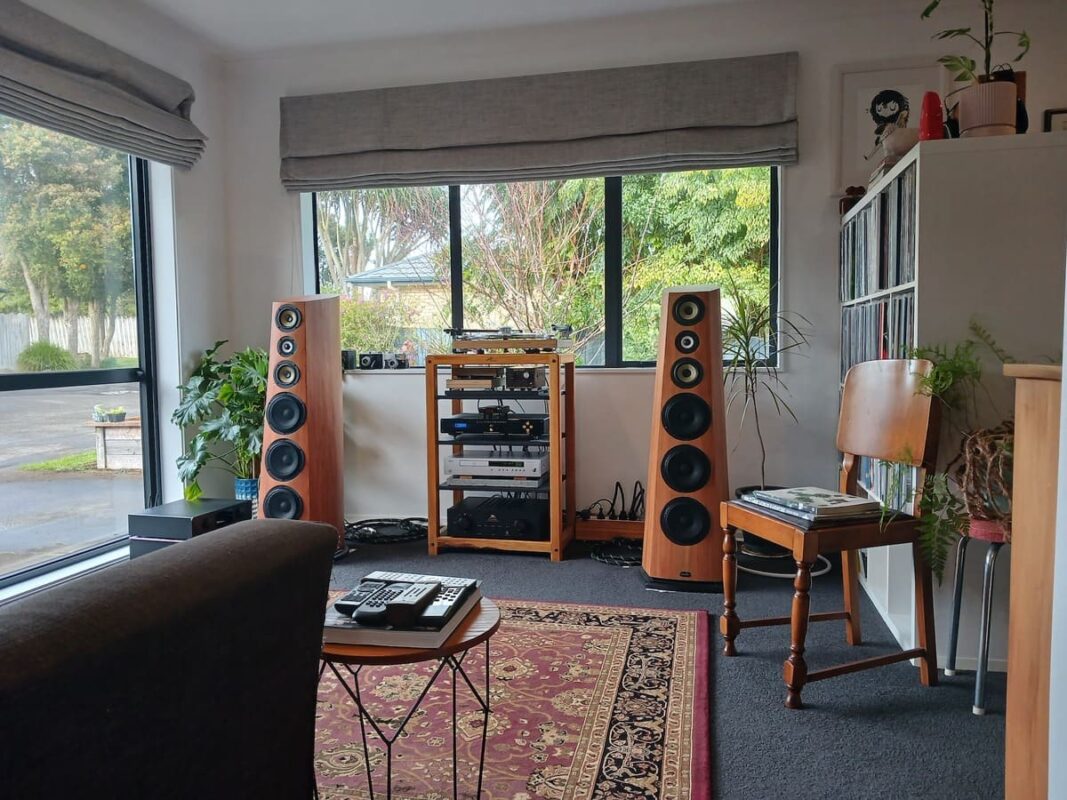
Summing up the M2Tech Classic integrated amplifier
While the M2Tech Classic sounded superb with the Theophany Airos, I was aware the speaker’s true potential wasn’t quite being wrought. These are very detailed, very clear and precise sounding speakers that can reproduce individual notes with astonishing clarity and the Classic couldn’t quite bring out these traits to the same extent as the Atoll – not that the Unico can either. It certainly got them swinging and landing punches though and there were many occasions where I would sit there shaking my head in disbelief. My Reference 3A’s were a nice and possibly more sensible match and you really shouldn’t have much trouble finding speakers that pair with this amp to your own liking. The phono stage is excellent and should scale up nicely as you upgrade your vinyl rig, but of course there are better separate options out there should you feel the need.
The Classic integrated can go from being a comfortable-sounding amplifier (in the best possible way) with lovely textures and tonal range, in the blink of an eye (or a sharp twist of the volume knob) to a knock-you-back-in-your-seat powerhouse, deftly handling dynamics and transients and, with the right speakers, putting you in the room with the performers (in the best hi-fi illusion kind of way). To me it’s more natural-sounding and far less gimmicky than the Advance Paris A10 Classic and despite being twice the price and with the bare minimum of features, I found the M2Tech Classic far more rewarding to listen to.
But remember, my personal preference reflects this opinion, more so than it simply coming down to one amplifier being way better than the other. The Atoll amp is much more explicitly detailed in all areas of the frequency range (it costs the same as the M2Tech Classic and has a built-in DAC and streamer, though no phono stage) and the Unico, for me, is a workhorse – a little coloured, perhaps, but boisterous, dynamic and fun. The M2Tech Classic isn’t cheap, and one could argue that, particularly with its throwback appearance, it isn’t really as luxurious looking as the price might suggest – though, as they say, beauty is in the eye of the beholder, and I happen to like how it looks and feels. Some people might be angered by the price (someone always is), but having heard and played with it, I most certainly am not.
With the market currently bustling with amps containing everything under their lids – streaming, DAC, phono stage, VU meters, calibration tools – M2Tech is clearly aiming at the purist audiophile with the Classic and if that is where your heart – and your ears – lies, I highly recommend you audition one as soon as possible. Looks can be deceptive and the classic looking Classic sounds luxurious, exciting and thoroughly modern, a luxury item with a nod to the past.
Where to get one
The M2Tech Classic Integrated Amplifier is available now at Critical Sound NZ











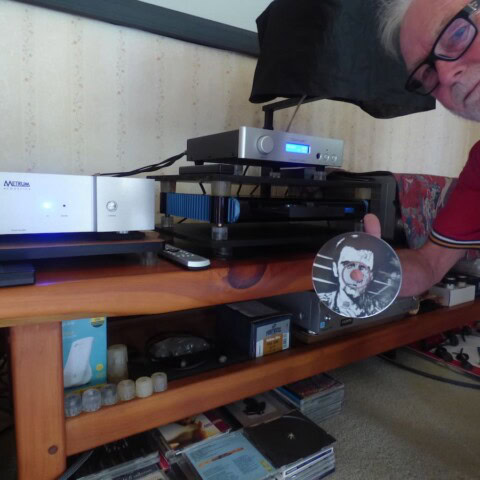

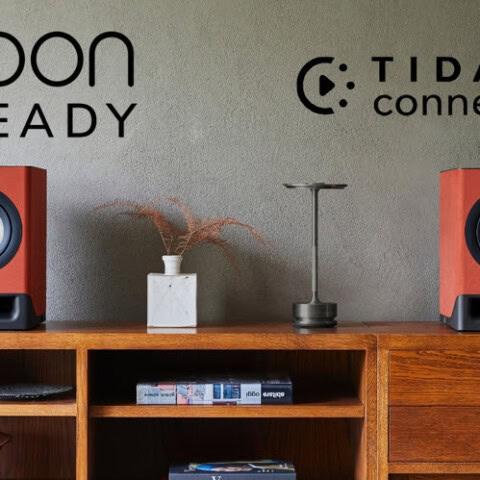
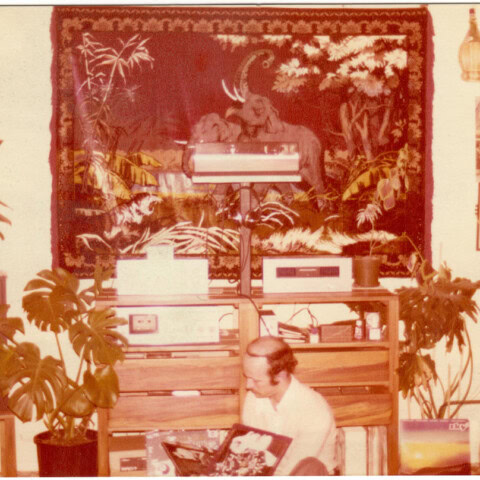


My thanks go to Andy as usual – for his time and effort putting together the story. For further information feel free to contact me … or join the Witchdoctor sponsored – NZ Audiophile Forum on fb – to chat and find out more. Cheers Ian